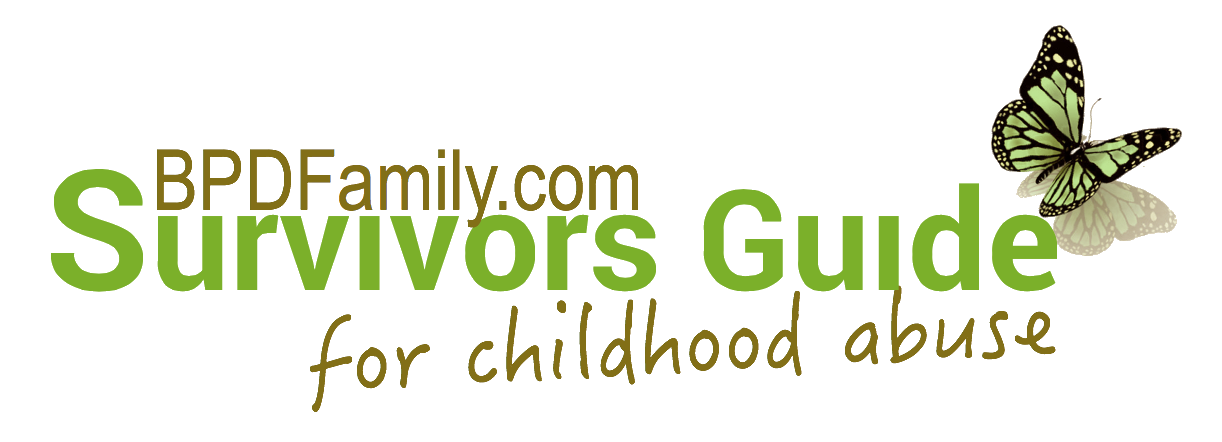 |
|
I can control my anger and find healthy outlets for my aggression. |
|
Mourning [Step 10]: Step Ten is similar to Step Six in that anger and aggressive or abusive behavior are intricately connected. This step focuses on mastering control over your abusive behavior and establishing safe and acceptable methods for discharging your aggression. Anger may be a natural emotional response to your childhood abuse, but aggression and abusive behavior directed at others repeats old patterns. You need to manage these emotions carefully to avoid hurting yourself or someone else. Becoming an abuser would obviously set back your recovery because, in so doing, you would undermine the compassion you are developing for the child victim you were and the adult survivor you are. Remember that feelings of anger don't have to be expressed as aggressive or abusive behavior.
Aggression is both learned and a product of physiological factors, mostly hormonal. By aggression we mean abusive or domineering aggressiveness directed at other people. Children often learn from their parents or guardians to respond with aggression towards others during stressful situations. For this reason, many survivors get stuck at this step because their aggression has such a firm hold over them. Survivors can learn to respond aggressively to conflict situations very early in life. This is then reinforced by the relationships they attract and enter into, as well as the influence of an increasingly violent popular culture. Boys may be more likely to identify with their fathers and girls with their mothers because they are the same sex. However, this is not always the case. Many survivors identify with and learn violent behavior from the parent of the opposite sex. You can't change the past, but you can develop new strategies for controlling aggressive behavior in your current and future relationships. |
© The Norma J. Morris Center, San Francisco, California